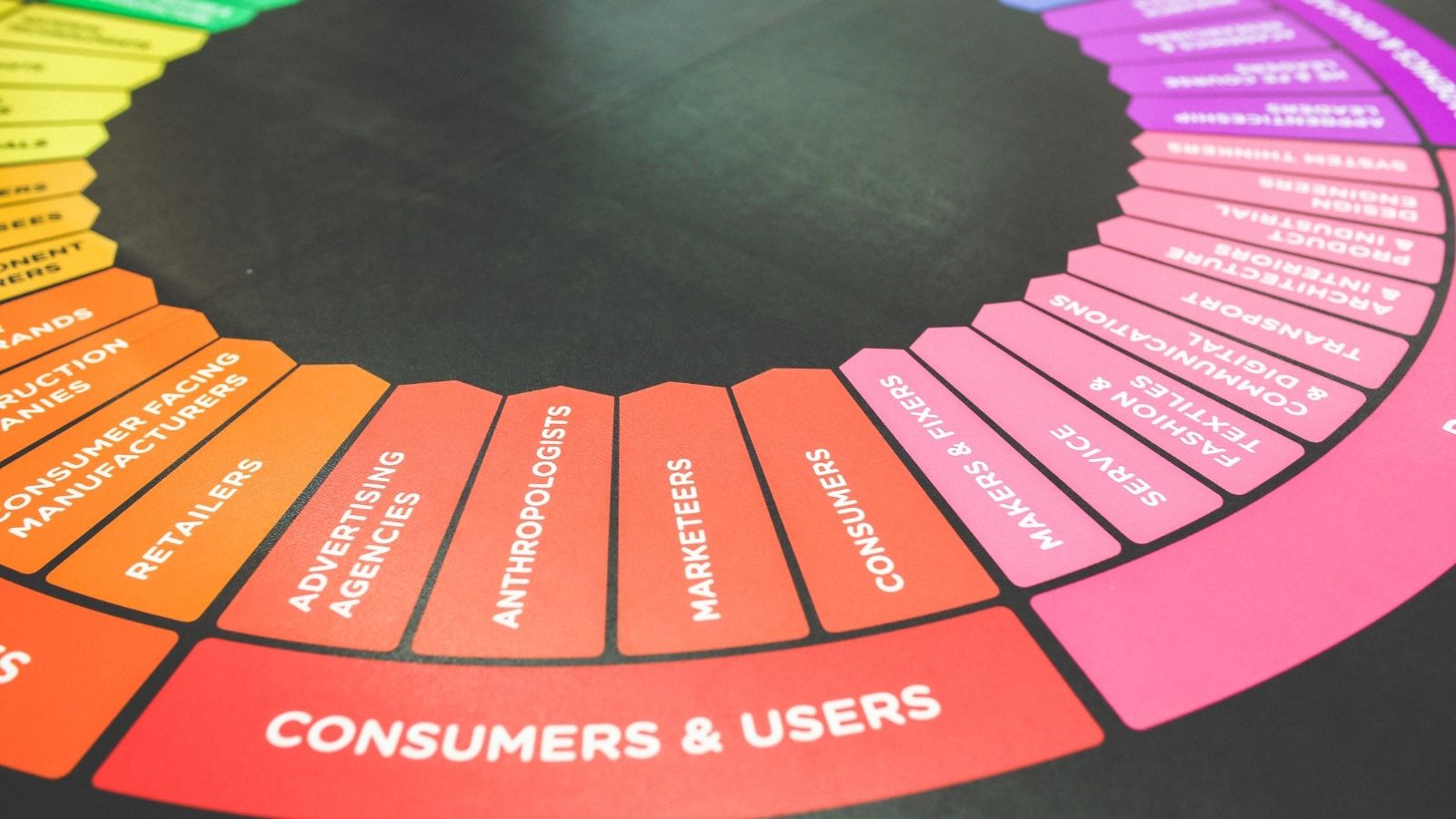If you search online for ‘how to grow an online business’ or something similar, you’ll find an avalanche of tactics, making it hard to determine what actually works.
It can feel like navigating through a dense forest.
But the answer to many business growth woes boils down to a principle I learned through trial and error: focus.
Why Focus is Hard
Mastering focus is challenging due to internal and external factors diverting attention and diluting efforts.
Consider the constant flow of information online, social media, and the digital-driven expectation for instant gratification. Also, consider the fear of missing out (FOMO) and the volume of decisions many deal with daily, which can lead to decision fatigue.
These are only some of the things that can strain our ability to concentrate and detract us from achieving desired outcomes. Recognizing and navigating such things is key to developing strategies that enhance focus.
For example, setting boundaries for social media use, prioritizing tasks, or creating an environment conducive to concentration are practical measures that can positively impact focus.
How to Focus When Growing a Business
It requires deliberate strategies to cut through the noise and prioritize actions that drive growth.
In business, we must identify which activities are essential and which are distractions. Then, focus on the vital activities.
However, effective focus also means learning to say “no” to projects, opportunities, or demands that don’t align with our objectives. That may require tough decisions, but it ensures resources are invested in areas most likely to yield returns.
Additionally, embracing tools and systems that enhance productivity can help maintain focus. Whether it’s project management software, scheduling tools, or automation technologies, the right tools can free up valuable time and mental space.
Something also worth mentioning here is Shiny Object Syndrome. This is the tendency to chase new trends and technologies at the expense of focusing on core business strategies.
To avoid it, prioritize and set clear, long-term goals that align with your business’s mission. Resist the temptation to divert resources to every new opportunity that arises.
How to Grow Your Online Business
Now, let’s dive into some strategies that truly move the needle in an online business. But before that…
Make sure you know your audience well. That means identifying potential customers and understanding their needs, preferences, and online behaviors. This knowledge will allow you to tailor products, services, and marketing messages to meet specific audience demands.
Once that’s done, you can develop your strategies.
1. Prospecting
Prospecting goes beyond uncovering new leads. It’s also about nurturing a pipeline of potential clients interested in your offerings.
Tactics such as cold emailing, leveraging freelance websites, and social media prospecting through direct messages (DMs) can be potent tools.
Cold emailing:
When done correctly, with value-driven messages and some personalization, this can open doors to conversations that might not have been possible otherwise.
Freelance websites:
Depending on whether what you sell fits on such platforms, they can help you land customers and continuously build your reputation.
Social media prospecting:
This can help you reach and engage many potential clients.
With all of the above, remember to refine your approach continuously.
2. SEO (Search Engine Optimization) to Boost Your Online Presence
You grow your online presence by investing in SEO, which does two main things.
First, it significantly increases your visibility on search engines, resulting in organic traffic. Second, a good online presence sends a strong signal of credibility when potential clients research your business.
The three core focus areas for SEO to achieve great results are as follows.
On-page optimization:
This primarily includes keyword optimization, technical optimization, and UX (user experience). Keyword optimization involves strategically placing search terms in titles, headings, and throughout the content.
Technical optimization covers aspects like improving site speed, mobile friendliness, and ensuring a secure connection (SSL). UX is about creating a seamless and engaging experience for visitors, including intuitive navigation and visually appealing design elements.
Off-page optimization:
This primarily involves link-building, the process of acquiring hyperlinks from other websites to your own.
However, it also includes social media engagement and local SEO strategies that positively influence SEO outcomes, such as optimizing and managing your Google Business Profile listing.
Content creation:
Effective content types that boost SEO include blog posts targeting specific keywords, infographics that garner shares and backlinks, and how-to guides and tutorials. Also, video content that increases engagement and dwell time on the site is another excellent example.
3. Paid Ads for Quick Wins
If the budget allows, exploring paid advertising can accelerate growth. The key is to start small, run tests, and measure the results before scaling up the investment.
Focus on where the target audience is most active, such as Google Ads, LinkedIn, or Facebook. Then, diversify as the online business gains traction, adding more effective channels.
Keep in mind that compelling ad content is essential. Engaging ads that speak to the needs and desires of your potential customers can significantly improve click-through and conversion rates.
4. Serve with Honesty
In my opinion, integrity in business is non-negotiable. It’s best to resist the temptation to make promises we can’t keep, even if it means saying no to immediate financial gains.
Plus, honesty builds trust and fosters long-term relationships with customers. Some considerations include the following.
Transparent Communication:
Always be clear and upfront about your products, services, and policies. This can prevent misunderstandings and build a stronger trust foundation with customers.
Handle Mistakes Gracefully:
No business is perfect. Mistakes will happen, and how you deal with them can impact customer trust and loyalty.
Seek Genuine Feedback:
Value customer feedback, including criticisms. Showing you’re open to feedback and willing to make changes based on your customers’ experiences can enhance your credibility and show your dedication to continuous improvement.
Do What Is Best for Your Customer: Making decisions that prioritize the customer’s needs and well-being, even if they don’t immediately benefit the brand, demonstrates a commitment to ethics over profit. This approach can solidify customer loyalty and enhance reputation in the long run.
5. Continuous Investment in Marketing
As your business grows, consider reinvesting some of your earnings back into marketing—because complacency is the silent adversary of progress.
What works today may not hold the same impact tomorrow. But don’t spread yourself too thin.
Instead, identify and focus on one or two marketing channels that yield the most significant returns for your business. This could be SEO, email marketing, social media, etc.
Further, consistency in marketing endeavors is crucial. Regular engagement and updates keep audiences connected and invested in brands, fostering repeat business and loyalty.
Continuous marketing is one of the most important aspects of how to grow an online business!
Now You Know How to Grow an Online Business
It’s not shrouded in mystery like one may think. Growing an online business is anchored in consistent effort, strategic focus, and an unwavering commitment to your customers’ success.
Also, the road to growth is paved with learning and adapting—what works today may need tweaking tomorrow. So keep refining your strategies, stay honest in client interactions, and never stop investing in marketing.

I’m a freelance copywriter and SEO specialist. I aim to empower individuals and businesses with impactful marketing solutions and insights. In my downtime, I recharge by embracing the beauty of nature or cherishing moments with my loved ones. If you found value in this post, please consider sharing it.
Want a heads-up whenever a new article drops? Subscribe here






